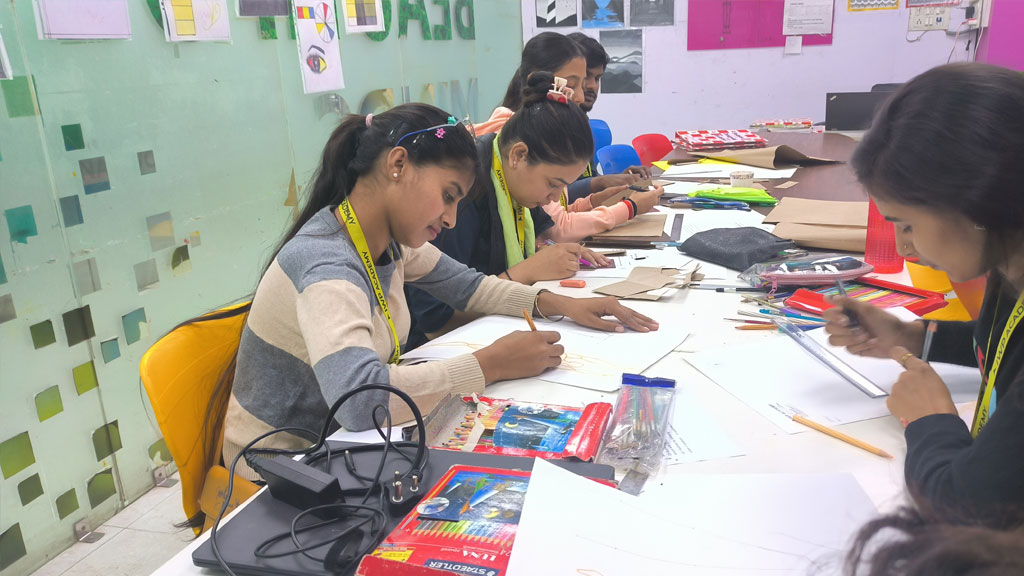Introduction: Embarking on a journey into the realm of fine arts is an exhilarating adventure that promises a deep exploration of creativity, expression, and artistic mastery. Whether you dream of becoming a painter, sculptor, printmaker, or mixed-media artist, enrolling in a fine arts course is your gateway to a world where imagination knows no bounds. In this blog post, we’ll delve into the diverse and enriching aspects of fine arts courses, the skills you’ll cultivate, and the endless possibilities that await in the world of artistic expression.
- Foundations of Artistic Expression: A fine arts course serves as a platform to explore and understand the foundational elements of artistic expression. From the basics of drawing and sketching to the principles of composition and form, you’ll embark on a journey to unlock your creative potential and develop a unique artistic voice.
- Painting and Color Theory: Dive into the world of colors, pigments, and brushes as you explore the art of painting. A comprehensive fine arts course will guide you through the principles of color theory, brush techniques, and various painting styles, enabling you to translate your emotions and ideas onto canvas with vibrant and expressive strokes.
- Sculpture and 3D Art: For those intrigued by the tactile nature of art, sculpture and 3D art become a focal point of exploration. Learn to work with various materials, from clay and wood to metal and found objects, as you shape and mold three-dimensional forms that breathe life into your artistic visions.
- Printmaking Techniques: Fine arts courses often introduce students to the intricate world of printmaking. Explore techniques such as etching, lithography, and relief printing to create multiples of your artwork. This discipline adds a layer of technical expertise to your repertoire, opening up avenues for unique and reproducible creations.
- Mixed Media and Experimental Art: Embrace the freedom of mixing various mediums and materials to create eclectic and innovative works of art. Fine arts courses encourage experimentation, allowing you to break traditional boundaries and discover unconventional ways to express your artistic vision.
- Art History and Context: Gain insights into the rich tapestry of art history, learning about influential movements, iconic artists, and the evolution of artistic styles. Understanding the historical and cultural context of art provides a foundation that informs and enriches your own artistic practice.
- Gallery Exhibitions and Professional Development: Many fine arts courses extend beyond the studio, offering opportunities to showcase your work in gallery exhibitions. Additionally, courses may include modules on professional development, guiding you on how to navigate the art world, approach galleries, and build a portfolio that reflects your unique artistic journey.
- Critique and Self-Reflection: An essential aspect of artistic growth is the ability to receive constructive criticism and engage in self-reflection. Fine arts courses often incorporate critique sessions where peers and instructors provide valuable feedback, fostering a culture of continuous improvement and refinement of artistic skills.
Conclusion: Embarking on a fine arts course is not merely a pursuit of technical skills; it’s a transformative journey that nurtures creativity, self-expression, and a profound appreciation for the world of art. From mastering traditional techniques to pushing the boundaries of contemporary expression, a fine arts course opens doors to a world where your imagination takes center stage. Embrace the process, celebrate your unique artistic voice, and watch as you evolve into a confident and expressive artist, ready to contribute to the ever-evolving landscape of fine arts.

